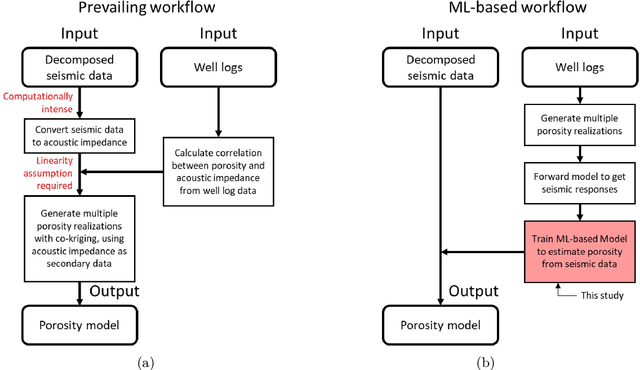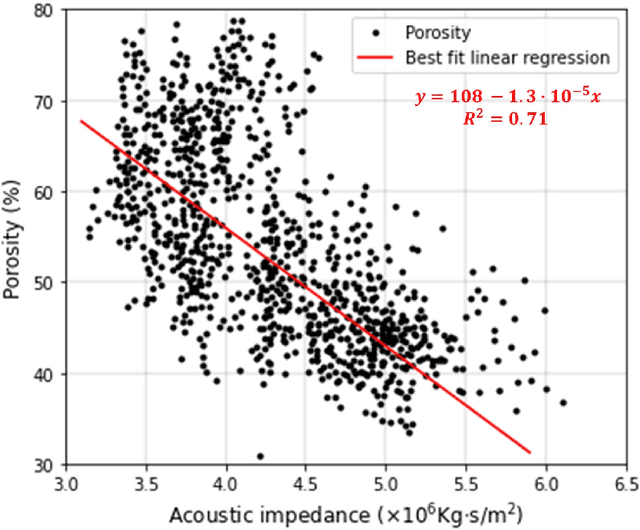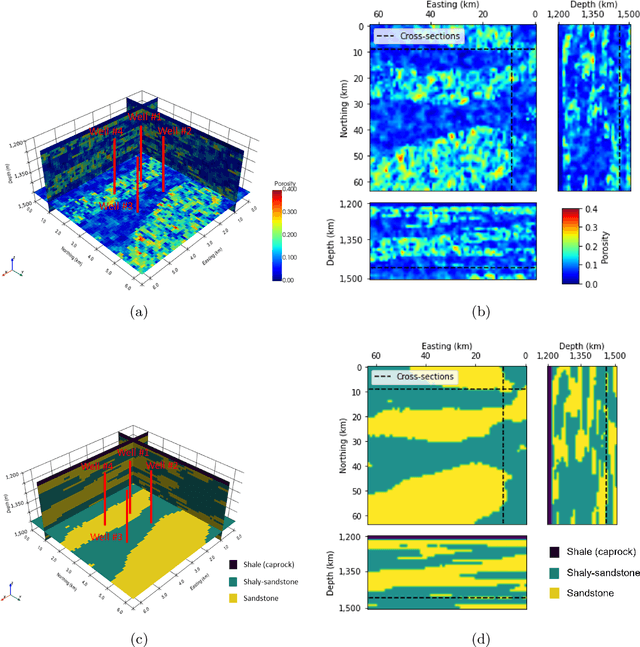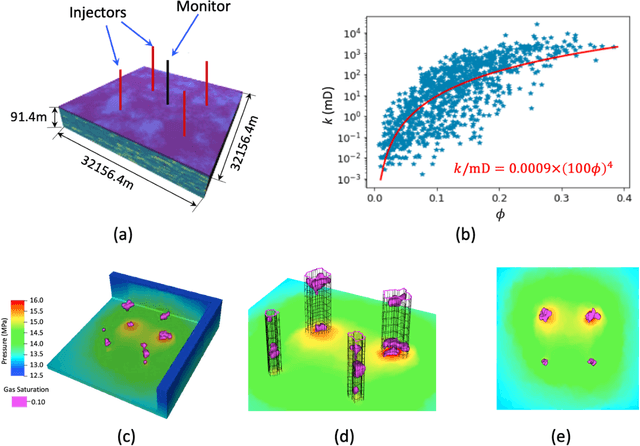Pengcheng Fu
VisAlgae 2023: A Dataset and Challenge for Algae Detection in Microscopy Images
May 27, 2025Abstract:Microalgae, vital for ecological balance and economic sectors, present challenges in detection due to their diverse sizes and conditions. This paper summarizes the second "Vision Meets Algae" (VisAlgae 2023) Challenge, aiming to enhance high-throughput microalgae cell detection. The challenge, which attracted 369 participating teams, includes a dataset of 1000 images across six classes, featuring microalgae of varying sizes and distinct features. Participants faced tasks such as detecting small targets, handling motion blur, and complex backgrounds. The top 10 methods, outlined here, offer insights into overcoming these challenges and maximizing detection accuracy. This intersection of algae research and computer vision offers promise for ecological understanding and technological advancement. The dataset can be accessed at: https://github.com/juntaoJianggavin/Visalgae2023/.
Marine Microalgae Detection in Microscopy Images: A New Dataset
Nov 14, 2022



Abstract:Marine microalgae are widespread in the ocean and play a crucial role in the ecosystem. Automatic identification and location of marine microalgae in microscopy images would help establish marine ecological environment monitoring and water quality evaluation system. A new dataset for marine microalgae detection is proposed in this paper. Six classes of microalgae commonlyfound in the ocean (Bacillariophyta, Chlorella pyrenoidosa, Platymonas, Dunaliella salina, Chrysophyta, Symbiodiniaceae) are microscopically imaged in real-time. Images of Symbiodiniaceae in three physiological states known as normal, bleaching, and translating are also included. We annotated these images with bounding boxes using Labelme software and split them into the training and testing sets. The total number of images in the dataset is 937 and all the objects in these images were annotated. The total number of annotated objects is 4201. The training set contains 537 images and the testing set contains 430 images. Baselines of different object detection algorithms are trained, validated and tested on this dataset. This data set can be got accessed via tianchi.aliyun.com/competition/entrance/532036/information.
Deep Learning-Accelerated 3D Carbon Storage Reservoir Pressure Forecasting Based on Data Assimilation Using Surface Displacement from InSAR
Jan 27, 2022



Abstract:Fast forecasting of reservoir pressure distribution in geologic carbon storage (GCS) by assimilating monitoring data is a challenging problem. Due to high drilling cost, GCS projects usually have spatially sparse measurements from wells, leading to high uncertainties in reservoir pressure prediction. To address this challenge, we propose to use low-cost Interferometric Synthetic-Aperture Radar (InSAR) data as monitoring data to infer reservoir pressure build up. We develop a deep learning-accelerated workflow to assimilate surface displacement maps interpreted from InSAR and to forecast dynamic reservoir pressure. Employing an Ensemble Smoother Multiple Data Assimilation (ES-MDA) framework, the workflow updates three-dimensional (3D) geologic properties and predicts reservoir pressure with quantified uncertainties. We use a synthetic commercial-scale GCS model with bimodally distributed permeability and porosity to demonstrate the efficacy of the workflow. A two-step CNN-PCA approach is employed to parameterize the bimodal fields. The computational efficiency of the workflow is boosted by two residual U-Net based surrogate models for surface displacement and reservoir pressure predictions, respectively. The workflow can complete data assimilation and reservoir pressure forecasting in half an hour on a personal computer.
Machine learning-based porosity estimation from spectral decomposed seismic data
Nov 23, 2021



Abstract:Estimating porosity models via seismic data is challenging due to the signal noise and insufficient resolution of seismic data. Although impedance inversion is often used by combining with well logs, several hurdles remain to retrieve sub-seismic scale porosity. As an alternative, we propose a machine learning-based workflow to convert seismic data to porosity models. A ResUNet++ based workflow is designed to take three seismic data in different frequencies (i.e., decomposed seismic data) and estimate their corresponding porosity model. The workflow is successfully demonstrated in the 3D channelized reservoir to estimate the porosity model with more than 0.9 in R2 score for training and validating data. Moreover, the application is extended for a stress test by adding signal noise to the seismic data, and the workflow results show a robust estimation even with 5\% of noise. Another two ResUNet++ are trained to take either the lowest or highest resolution seismic data only to estimate the porosity model, but they show under- and over-fitting results, supporting the importance of using decomposed seismic data in porosity estimation.
A Deep Learning-Accelerated Data Assimilation and Forecasting Workflow for Commercial-Scale Geologic Carbon Storage
May 09, 2021



Abstract:Fast assimilation of monitoring data to update forecasts of pressure buildup and carbon dioxide (CO2) plume migration under geologic uncertainties is a challenging problem in geologic carbon storage. The high computational cost of data assimilation with a high-dimensional parameter space impedes fast decision-making for commercial-scale reservoir management. We propose to leverage physical understandings of porous medium flow behavior with deep learning techniques to develop a fast history matching-reservoir response forecasting workflow. Applying an Ensemble Smoother Multiple Data Assimilation framework, the workflow updates geologic properties and predicts reservoir performance with quantified uncertainty from pressure history and CO2 plumes interpreted through seismic inversion. As the most computationally expensive component in such a workflow is reservoir simulation, we developed surrogate models to predict dynamic pressure and CO2 plume extents under multi-well injection. The surrogate models employ deep convolutional neural networks, specifically, a wide residual network and a residual U-Net. The workflow is validated against a flat three-dimensional reservoir model representative of a clastic shelf depositional environment. Intelligent treatments are applied to bridge between quantities in a true-3D reservoir model and those in a single-layer reservoir model. The workflow can complete history matching and reservoir forecasting with uncertainty quantification in less than one hour on a mainstream personal workstation.
 Add to Chrome
Add to Chrome Add to Firefox
Add to Firefox Add to Edge
Add to Edge